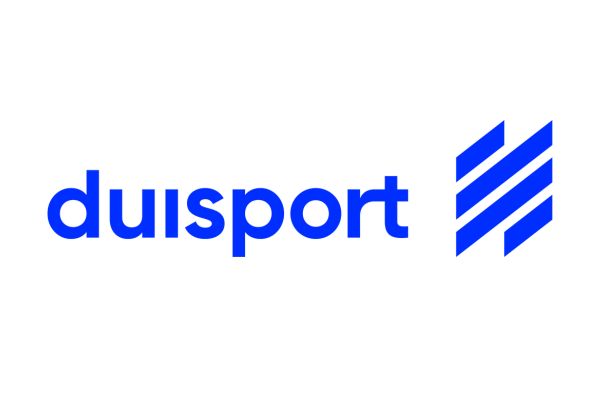Starting situation
Exports of goods from the Eurozone to third countries alone amounted to around 2.43 trillion euros in 2021. The number of export procedures at customs offices across Europe is several 100 million per year. Export Accompanying Documents (EAD) are among the most important documents for customs clearance. In practice, despite already existing digital solutions for customs declarations, there are still often media discontinuities. This applies, for example, to the case where various paper documents accompany goods during import or export. In contrast, continuous digital processing of EADs ensures the reduction of costs, process times, labour hours, paper consumption and CO2 emissions.
The fundamentals for end-to-end digital processing of the EAD for exports from Germany to a non-EU third country have already been created in the “Blockchain Europe” research project. The work of the BORDER project, short for “Blockchain-based organisation of relevant documents in external trade with regulatory compliance”, in the Open Logistics Foundation builds on this.
Practical approach
The BORDER software system is a digital solution for the paper-based processes of customs clearance in foreign trade. The export accompanying document serves as a prototype for blockchain-based, digital customs clearance. If a shipment is released for export, customs transmits the EAD in digital form to the declarant. It is transferred to the BORDER software system and written on the blockchain. From this point on, the information from the EAD is available on the blockchain and can be made available to the recipient of the export shipment abroad. This means that all involved and authorized parties can transparently track the entire export process and the respective status. At the same time, each party can only view the information that is relevant to them. Individual details or even insights into export shipments of third parties remain hidden.
The procedure enables digital, tamper-proof and transparent processing throughout the entire export and import process.
Technical details
- Real-time. Synchronized with the physical flow of goods, the current status of the entire process can be tracked transparently.
- Roles and responsibilities. Stakeholders involved, whether exporters (consignors of goods), importers (consignees of goods), logistics partners or transport companies, only see the information relevant to them.
- Usability. Login with user data in the web frontend. Confirmations and documentation through scanning of a QR code (any device). Conventional editing via desktop view on laptop and computer.
- In compliance with regulations. Barcode display in the predefined format for checks en route or at borders and ports with digital display of the relevant data from the export accompanying document.
- No media disruptions. No need to scan, print or transfer paper-based information.
- Standardized. Mapping of relevant data fields for worldwide application areas and multi-language capability.









